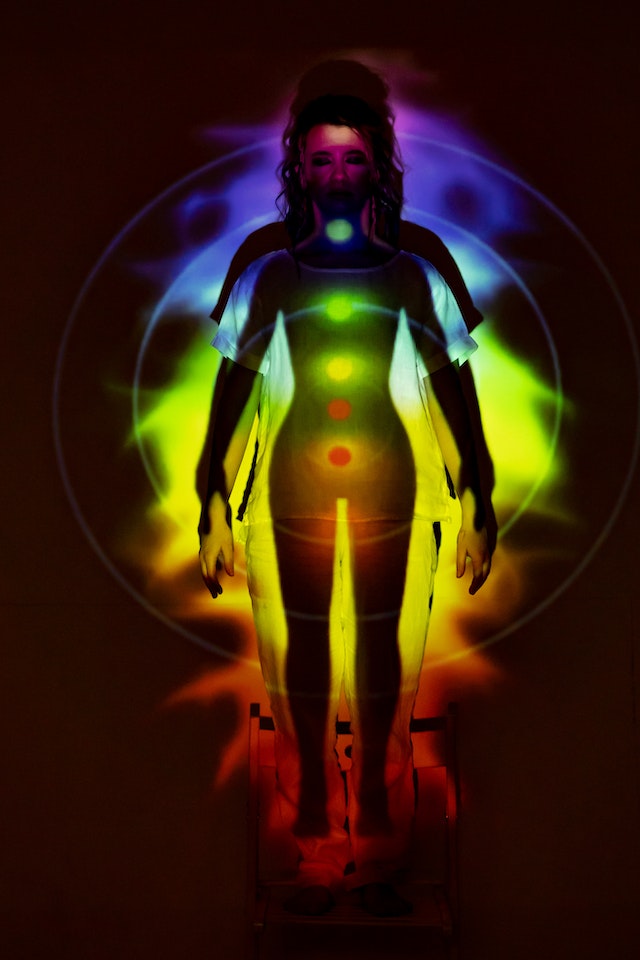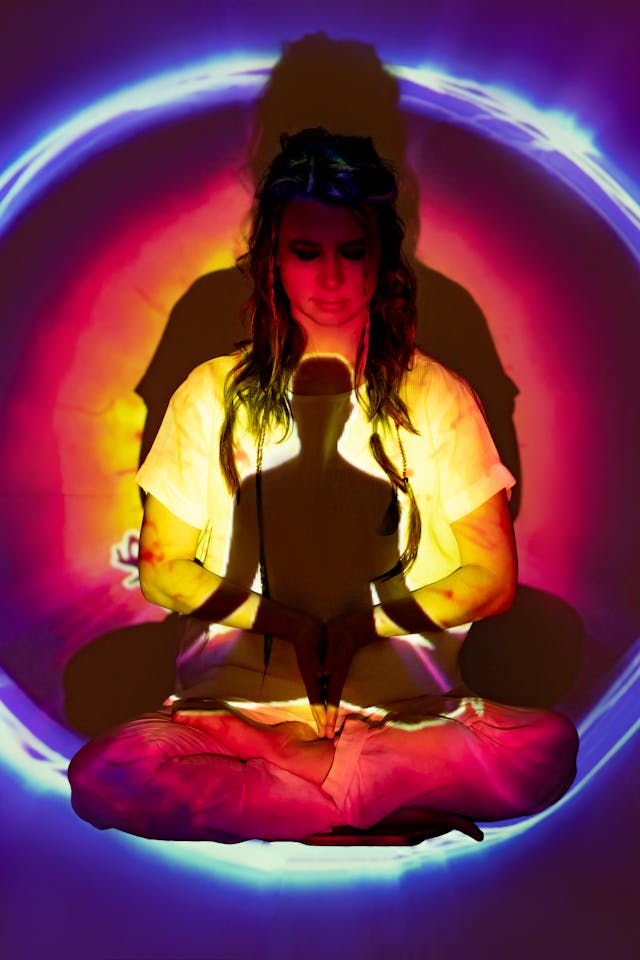Auras have captivated human imagination for centuries, threading through the fabric of various cultures and belief systems. This ethereal glow that is believed to surround living beings and objects is not merely a subject of mysticism but a testament to the profound connection between our physical and spiritual selves. Our journey into understanding auras reveals their significance in promoting mental and physical well-being, their astrological influences, and the deep history behind this fascinating phenomenon.
At its core, an aura is perceived as a luminous field of energy that encircles a person, reflecting their current physical, emotional, and spiritual states. This energy field is thought to extend beyond the physical body, forming a vibrant halo of colors that can be seen, felt, or sensed. Although the ability to perceive auras is often considered a rare gift, many people report fleeting glimpses of these colorful emanations, especially during moments of heightened awareness or spiritual activity.
The notion that auras can influence our well-being is deeply rooted in various healing practices. Traditional Chinese Medicine, Ayurveda, and Reiki are just a few disciplines that recognize the interplay between our energy fields and health. The colors and vibrancy of an aura are said to provide insights into an individual’s health and emotional state. For instance, a bright, clear aura might indicate a balanced and healthy state, while a murky or dark aura could suggest blockages or imbalances. Practitioners of these disciplines often use aura reading as a diagnostic tool, guiding treatments that aim to restore harmony within the body and spirit
Beyond their diagnostic use, auras are believed to play a crucial role in our mental well-being. Engaging with one’s aura through meditation, visualization, or energy healing can foster a deeper sense of self-awareness and emotional balance. Techniques such as chakra balancing, where the focus is on aligning the body’s energy centers, are often employed to cleanse and enhance the aura. These practices can help release negative energy, reduce stress, and promote a sense of calm and well-being. As a result, individuals often report feeling more centered, vibrant, and connected to their inner selves.
Astrology also intersects intriguingly with the concept of auras. Astrological signs are thought to influence the colors and intensity of one’s aura, reflecting the unique characteristics and energies associated with each zodiac sign. For example, a Leo, ruled by the Sun, might have a vibrant, golden aura, symbolizing confidence and leadership, while a Pisces, governed by Neptune, could exhibit a more serene and mystical aura. Understanding these astrological influences can offer deeper insights into one’s personality and spiritual path, enhancing the connection between cosmic forces and personal energy fields.

The history of auras stretches back to ancient civilizations, where they were often depicted in religious and spiritual art. In Hinduism, the concept of prana (life force) and the depiction of deities with halos illustrate early recognition of auras. Similarly, Christian art frequently portrays saints with glowing halos, symbolizing divine presence and spiritual purity. These historical representations underscore the longstanding belief in the aura’s significance as a marker of spiritual vitality and enlightenment.
The modern exploration of auras began in earnest in the late 19th and early 20th centuries, with pioneers like Charles Webster Leadbeater and Walter J. Kilner. Leadbeater, a theosophist, wrote extensively about auras, describing their colors and meanings in detail. Kilner, a medical doctor, developed a device known as the Kilner screen, which purportedly allowed the human aura to be seen. His work marked a significant attempt to bridge the gap between mysticism and science, laying the groundwork for contemporary aura research.
In contemporary times, technology has furthered our ability to explore auras. Kirlian photography, developed in the 1930s, captures the coronal discharge of objects, which some interpret as the visualization of the aura. While the scientific community remains skeptical about the exact nature of what Kirlian photography reveals, it has nonetheless contributed to the ongoing dialogue between science and spirituality.

Experiencing and interacting with one’s aura can be a deeply personal and transformative journey. Many who engage in aura-related practices report profound changes in their lives. They often describe feeling more attuned to their emotions, more resilient in the face of life’s challenges, and more connected to the world around them. This heightened state of awareness and sensitivity can lead to a more fulfilling and harmonious existence, where the physical, mental, and spiritual aspects of the self are in balance.
To tap into the benefits of auras, various practices can be incorporated into daily life. Meditation and mindfulness are powerful tools for connecting with one’s aura. By focusing on the breath and visualizing the energy field surrounding the body, individuals can cleanse and strengthen their aura. Regular meditation practice can lead to increased clarity, reduced stress, and a more profound sense of peace.
Energy healing practices such as Reiki and Qigong also offer pathways to aura enhancement. These disciplines involve channeling energy to clear blockages and promote the flow of life force throughout the body. Practitioners often use their hands to sense and manipulate the aura, facilitating healing and balance. These sessions can leave individuals feeling rejuvenated, centered, and more in tune with their inner selves.
In addition to personal practices, the environment plays a significant role in maintaining a healthy aura. Surrounding oneself with positive energy, whether through nature, uplifting social interactions, or engaging in creative activities, can help sustain a vibrant aura. Negative influences, such as stress, conflict, or unhealthy habits, can diminish the aura’s brightness, underscoring the importance of a holistic approach to well-being.
In conclusion, the exploration of auras invites us into a world where the physical and spiritual intertwine, offering profound insights into our health and well-being. By understanding and nurturing our auras, we can achieve a more balanced and harmonious existence. Whether through meditation, energy healing, or simply being mindful of our surroundings, the journey toward a radiant aura is one of self-discovery and transformation. As we continue to uncover the mysteries of auras, we are reminded of the intricate and beautiful connection between our inner and outer worlds.
Love Life x
References:
- Leadbeater, C. W. (1998). “The Chakras.” Quest Books.
- Kilner, W. J. (1965). “The Human Atmosphere.” University Books.
- Becker, R. O., & Selden, G. (1985). “The Body Electric: Electromagnetism and the Foundation of Life.” William Morrow.
- Brennan, B. A. (1987). “Hands of Light: A Guide to Healing Through the Human Energy Field.” Bantam Books.
- Moss, T. (1992). “The Power of the Aura: Discover the Hidden Forces Around You.” Healing Arts Press.

